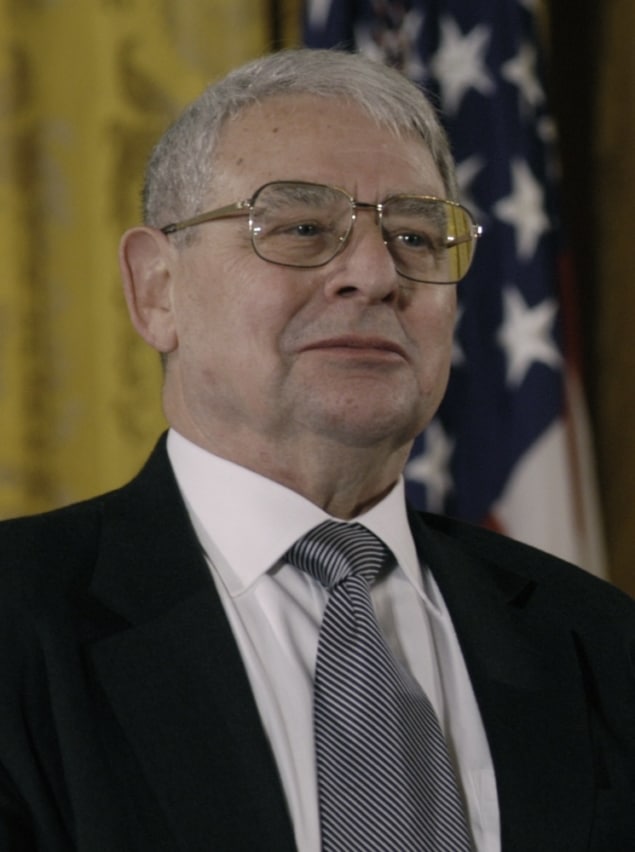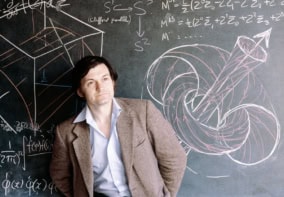
The Italian astrophysicist Riccardo Giacconi, who shared the 2002 Nobel Prize for Physics with Raymond Davis Jr and Masatoshi Koshiba, has died at the age of 87. He pioneered the field of X-ray astronomy working on a mission that lead to the first detection of a cosmic X-ray source outside our solar system.
Giacconi was born in Genoa, Italy, on 6 October 1931 and obtained a PhD in physics from the University of Milan. After working as an assistant professor at the University of Milan in 1956 he moved to the US first working at Indiana University and then Princeton University.
In 1959 Giacconi began work at the start-up firm American Science and Engineering (AS&E) in Cambridge, Massachusetts, which at the time was mostly involved with military research. At AS&E, Giacconi started work on an X-ray astronomy programme. Since X-rays from the Sun and other sources are absorbed by the atmosphere, X-ray astronomy can only be carried out from space. In the late 1940s Herbert Friedman from the Naval Research Laboratory in the US had observed X-rays from the Sun using a rocket. But given the strength of the solar X-rays, it was thought that X-rays could not be detected from more distant stars.
That was overturned in 1962 when Giacconi and his team began producing scientific payloads for rockets. One such rocket took off on 12 June 1962 and managed to detect the first cosmic X-ray source outside our solar system as well as proving that the universe contains an X-ray background. This discovery opened a new window on the universe and resulted in a burgeoning programme of X-ray astronomy. Indeed, in 1970, Giacconi’s group launched the first X-ray satellite – Uhuru – that led to the discovery of black holes.
Pioneering contributions
In 1973 Giacconi’s group moved to the Harvard-Smithsonian Center for Astrophysics (CfA) in Cambridge, Massachusetts. It was there that they worked on the Einstein X-ray Observatory — the first imaging X-ray telescope – that launched in 1978. The probe, which ended in 1982, discovered that all types of astronomical objects and systems emit X-rays. Giacconi was also instrumental in Einstein’s successor — NASA’s Chandra X-ray Observatory – that was launched in 1999 and is now in its 20th year or operation. Nobel Prize rewards neutrino astrophysics and X-ray astronomy
Giacconi moved from the CfA to the Space Telescope Science Institute in Baltimore in 1981, becoming its first permanent director. In 1993 he then became director general of the European Southern Observatory, in Garching, Germany; a position he held until 1999. Giacconi then moved back to the US to become president of Associated Universities where he worked on the Atacama Large Millimeter Array before retiring in 2004.
Giacconi was awarded one half of the 2002 Nobel Prize for Physics for his “pioneering contributions to astrophysics, which have led to the discovery of cosmic X-ray sources”. The other half was divided between Davis and Koshiba for discovering cosmic neutrinos.



